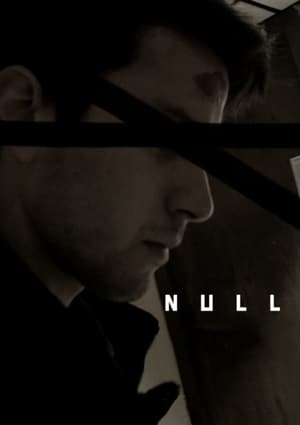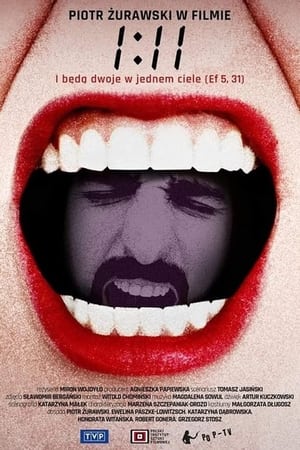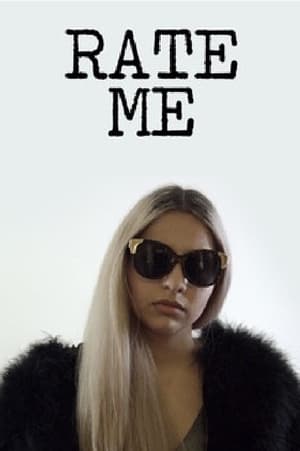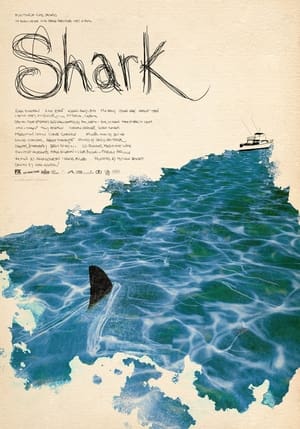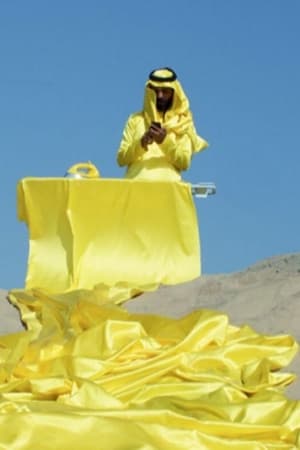
Danse de l'éventail(1905)
A variation on the popular Butterfly Dance, released in hand-colored and stenciled versions. The film has the catalogue number 2011 and was likely shot in 1897 but not screened in France until the 10th of December 1899.
Movie: Danse de l'éventail

Danse de l'éventail
HomePage
Overview
A variation on the popular Butterfly Dance, released in hand-colored and stenciled versions. The film has the catalogue number 2011 and was likely shot in 1897 but not screened in France until the 10th of December 1899.
Release Date
1905-10-28
Average
6
Rating:
3.0 startsTagline
Genres
Languages:
No LanguageKeywords
Recommendations Movies
 7.3
7.3Nullarbor(en)
An animated road-movie set across the vast and barren landscape of Australia's Nullarbor Plain.
Fight Club (Russian version)(ru)
The Russian version of the movie "Fight Club" is not just a Russian version of a well-known cult film, it is the result and of the hard work of two young men and their love for cinema, Alexander Kukhar (GOLOBON-TV) and Dmitry Ivanov (GRIZLIK FILM) , who are responsible for this project, from the development of its idea and the selection of the cast, to the organization of filming and financial support. Filming lasted a whole year. Everyday work, constant trips, searching for suitable film sets and an exhausting schedule - all this was not in vain and resulted in an unusually amazing and original project - the film "Fight Club", created in the very heart of southern Russia, in the city of Krasnodar, by two young people
Captain Nulle(lv)
Valdis Nulle is a young and ambitious captain of fishing ship 'Dzintars'. He has his views on fishing methods but the sea makes its own rules. Kolkhoz authorities are forced to include dubious characters in his crew, for example, former captain Bauze and silent alcoholic Juhans. The young captain lacks experience in working with so many fishermen on board. Unexpectedly, pretty engineer Sabīne is ordered to test a new construction fishing net on Nulle's ship and 'production conflict' between her and the captain arises...
 9.8
9.8Timro Chanchale Chulbule Yoban(en)
The music video Timro Chanchale Chulbule Yoban weaves a story of longing, fleeting connections, and unfulfilled desires. Aanchal and Udip, a married couple from Nepal, are struggling with an unhappy relationship. Seeking a break, Aanchal travels to the UK for a holiday. Meanwhile, Paul, a handsome and strong man living in London, dreams of finding the perfect woman to marry. Their paths cross at Tower Bridge, where Paul is instantly captivated by Aanchal's beauty. Mesmerized, he begins to follow her through the city-Tower Bridge to Waterloo Station, and finally to London Bridge-imagining a future together filled with love and happiness. But when Paul turns to approach her, Aanchal suddenly disappears. Reality strikes, and Paul learns she is already married, her sadness hidden behind her beauty. This realization brings Paul back to reality, leaving him to reflect on the bittersweet nature of love and missed chances.
 6.5
6.5The Apollo of Gaza(fr)
In 2013, a 2,000-year-old statue of Apollo was found near Gaza, only to disappear all of a sudden. Apollo, god of art, beauty and divinations, incites all sorts of rumors, even the craziest ones. The Apollo of Gaza is at once an inquiry and a meditation on history, plunging us into the barely known reality of a territory that is still paying the price of wars and a merciless blockade, but where life also subsists, undefeated. By bringing a little light to the sky of Gaza, the statue and its stupefying story could return some dignity and hope to all people.
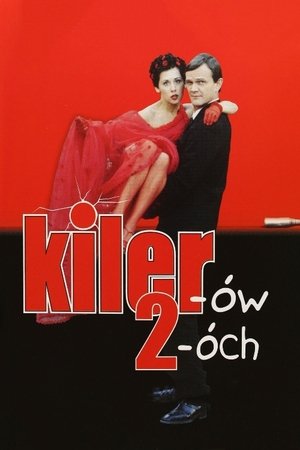 7.1
7.1Killer 2(pl)
Jurek Kiler has become a VIP - sponsoring the Polish government, playing tennis with the President, meeting world leaders. He must oversee a transfer of a substantial amount of gold. However, in his past activities, he has made enemies. Mighty ones. And thus Jurek Kiler's next adventure begins as he has to face attempts at kidnapping, assassinations and problems in his love life...
Forest(en)
Small, yellow-bellied forest spirits make a discovery that threatens the balance of their world.
 6.4
6.4Hannibal Brooks(en)
A POW in World War II is put to work in a Munich zoo, looking after an Asian elephant. The zoo is bombed by the Americans and the director of the zoo decides it is not safe for his Asian elephant Lucy to remain there. So he sends Brooks to safety with Lucy. They escape and go on the run in order to get to Switzerland.
Forest(en)
Short film built from photographs, sped up like a traditional stop motion and is meant to be an evocation of the English Eerie and Folk Horror.
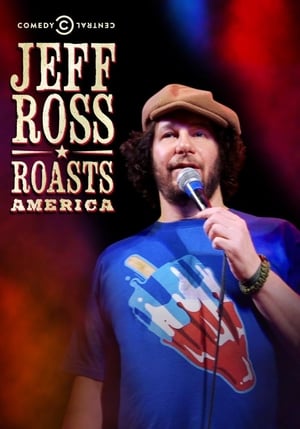 6.6
6.6Jeff Ross Roasts America(en)
Jeff Ross visits several cities across the country, roasting the towns and the residents in volunteer-only speed roasts. Roasting his way through cities including Seattle, Toronto, Las Vegas, Miami and Madison, Ross roasts a statue of Abe Lincoln in Washington D.C., gets roasted by John Rich in Nashville, and in Minneapolis, brings an old friend onstage to tell a very intimate story the way only Jeff Ross can.
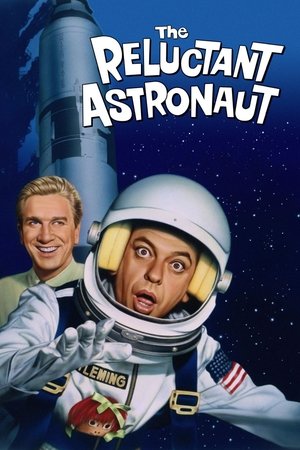 5.9
5.9The Reluctant Astronaut(en)
Roy Fleming is a small-town kiddie-ride operator who is deathly afraid of heights. After learning that his father has signed him up for the space program, Roy reluctantly heads for Houston, only to find out upon arriving that his job is as a janitor, not an astronaut. Anxious to live up to the expectations of his domineering father, Roy manages to keep up a facade of being an astronaut to his family and friends. When NASA decides to launch a layperson into space to prove the worthiness of a new automated spacecraft, Roy gets the chance to confront his fears.
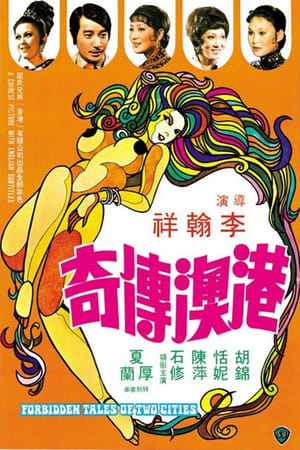 4.7
4.7Forbidden Tales of Two Cities(zh)
Li Han-hsiang, one of the most experienced and respected filmmakers in Hong Kong, wrote and directed this charming and fascinating comedy of amorous complications and modern morals in the very middle of his forty year career. The two cities are Macau, where a love quartet is the source for sexy merriment, and Hong Kong, where a gambler tells a charming woman why there are four shackles hanging from his apartment ceiling!
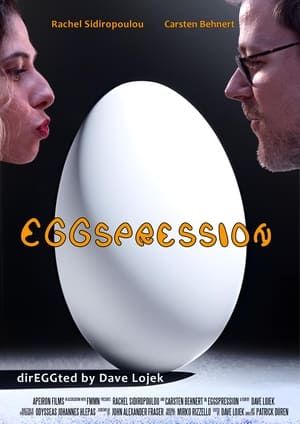 10.0
10.0EGGspression(xx)
Egglantine loves salt on her eggs. Eggbert prefers pepper. Who blinks first in this playful Easter ritual?
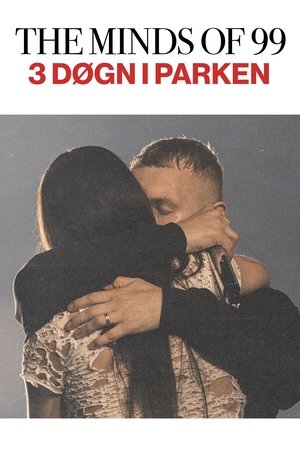 0.0
0.0The Minds Of 99 - Tre Døgn i Parken(da)
THE MINDS OF 99 – THREE DAYS IN THE PARK is a concert documentary film that follows the band and the individual members in the period leading up to, during, and after the magical weekend in the Park. Through a compilation of more than 300 hours of material, the audience is taken behind the scenes and gets up close to the band and the pressures and dilemmas, thoughts and emotions they encounter on the journey to the three critically acclaimed stadium concerts.
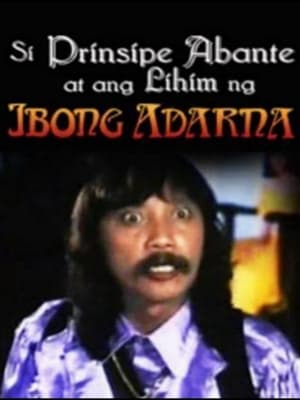 5.0
5.0Si Prinsipe Abante at ang lihim ng Ibong Adarna(en)
A vengeful and evil witch puts Prinsipe Abante's (Rene Requiestas) loving father in a deep coma-and the only cure to the king's strange illness is the sweet song of the legendary Ibong Adarna.
Similar Movies
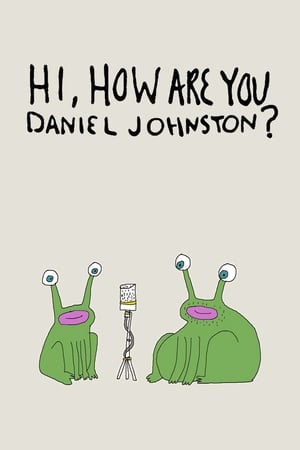 7.3
7.3Hi, How Are You Daniel Johnston?(en)
Daniel Johnston stars in this psychedelic short film about an aging musician coming to terms with the dreams of yesteryear.
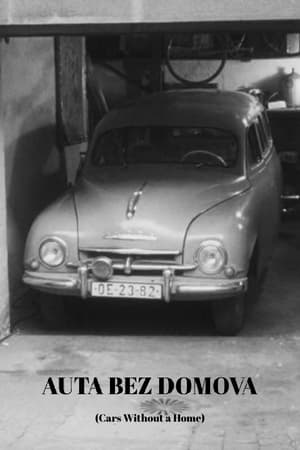 6.3
6.3Cars Without a Home(cs)
Jan Schmidt and Pavel Juráček turn their attention to the problem of Czechoslovakia's unloved cars in this whimsical documentary short.
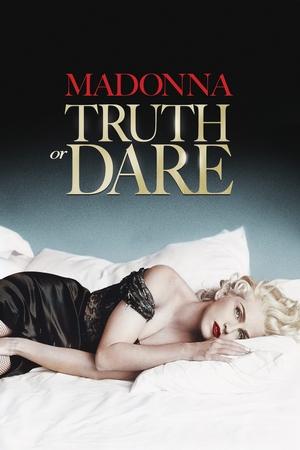 6.3
6.3Madonna: Truth or Dare(en)
From the rains of Japan, through threats of arrest for 'public indecency' in Canada, and a birthday tribute to her father in Detroit, this documentary follows Madonna on her 1990 'Blond Ambition' concert tour. Filmed in black and white, with the concert pieces in glittering MTV color, it is an intimate look at the work of the icon, from a prayer circle before each performance to bed games with the dance troupe afterwards.
 7.0
7.0Land Without Bread(es)
An exploration —manipulated and staged— of life in Las Hurdes, in the province of Cáceres, in Extremadura, Spain, as it was in 1932. Insalubrity, misery and lack of opportunities provoke the emigration of young people and the solitude of those who remain in the desolation of one of the poorest and least developed Spanish regions at that time.
 5.0
5.0Libre(en)
For detained immigrants who can’t pay their bond, for-profit companies like Libre by Nexus offer a path to reunite with their families. But for many, the reality is much more complicated. “Libre” sheds light on one of many hidden costs of reunification for immigrant families.
Rated X(en)
Rated X, a short documentary about the adult industry, focuses on giving a voice to the porn actresses working within it. In a perspective of showing how these women empower themselves with their job, Rated X shows the porn industry like never before.
 8.2
8.2Night and Fog(fr)
Filmmaker Alain Resnais documents the atrocities behind the walls of Hitler's concentration camps.
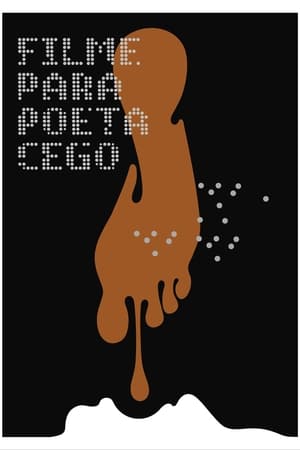 2.0
2.0Film for Blind Poet(pt)
Glauco Mattoso, a blind sadomasochistic poet, agrees to participate in a documentary about his own life, but the conditions he imposes raise difficulties to the work of the young director.
 0.0
0.0The Spirit of the Tsilqot'in People is Hovering over the Supreme Court(en)
The Tŝilhqot’in Nation is represented by six communities in the stunningly beautiful interior of British Columbia. Surrounded by mountains and rivers, the Tŝilhqot’in People have cared for this territory for millennia. With increasing external pressures from natural-resource extraction companies, the communities mobilized in the early 21st century to assert their rightful title to their lands. Following a decision by the Supreme Court of British Columbia in 2007 that only partially acknowledged their claim, the Tŝilhqot’in Nation’s plight was heard in the Supreme Court of Canada. In a historic decision in 2014, the country’s highest court ruled what the Tŝilhqot’in have long asserted: that they alone have full title to their homelands.
 7.0
7.0Los posibles(es)
Santiago Mitre co-directs his first movement following The Student together with choreographer Onofri Barbato. Although it would have been more accurate to say “his first film-story-adventure-movie-great movie following The Student”, the word movement fits perfectly in Los posibles, the most overwhelmingly kinetic work Argentine cinema has delivered in many, many years. The film deals with the adaptation of a dance show directed by Onofri together with a group of teenagers who came to Casa La Salle, a center of social integration located in González Catán, trying to find some refuge from hardship. Already entitled Los posibles, the piece opened in the La Plata Tacec and was later staged in the AB Hall of the San Martín Cultural Center. Now, it dazzles audiences out of a film screen, with extraordinary muscles and a huge heart: Los posibles is a rhapsody of roughen bodies and torn emotions. Precise and exciting, it’s our own delayed, necessary, and incandescent West Side Story.
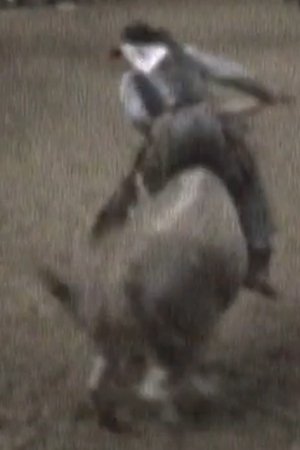 0.0
0.0Second Place(en)
One of several Kevin Jerome Everson pieces regarding African-American rodeo riders, SECOND PLACE brings us inside the big show. The jerkily pixilated view of a bucking bull offers an aesthetic equivalent of the cowboy's wild ride while the film's silence lends an unexpected repose to the contest. Whether anticipating a bull's blasting out of the gate or watching an old hand stretch out his back, Everson's camera is ever-attentive to the action at the edge of the frame. - Max Goldberg
 7.1
7.1Nanook of the North(en)
This pioneering documentary film depicts the lives of the indigenous Inuit people of Canada's northern Quebec region. Although the production contains some fictional elements, it vividly shows how its resourceful subjects survive in such a harsh climate, revealing how they construct their igloo homes and find food by hunting and fishing. The film also captures the beautiful, if unforgiving, frozen landscape of the Great White North, far removed from conventional civilization.
 6.7
6.7Workers Leaving the Lumière Factory(fr)
Working men and women leave through the main gate of the Lumière factory in Lyon, France. Filmed on 22 March 1895, it is often referred to as the first real motion picture ever made, although Louis Le Prince's 1888 Roundhay Garden Scene pre-dated it by seven years. Three separate versions of this film exist, which differ from one another in numerous ways. The first version features a carriage drawn by one horse, while in the second version the carriage is drawn by two horses, and there is no carriage at all in the third version. The clothing style is also different between the three versions, demonstrating the different seasons in which each was filmed. This film was made in the 35 mm format with an aspect ratio of 1.33:1, and at a speed of 16 frames per second. At that rate, the 17 meters of film length provided a duration of 46 seconds, holding a total of 800 frames.
 5.9
5.9Larisa(ru)
Elem Klimov's documentary ode to his wife, director Larisa Shepitko, who was killed in an auto wreck.
 8.0
8.0Julieta(es)
The life and times of the mexican pianist Julieta García Rello, as told by her granddaughter.
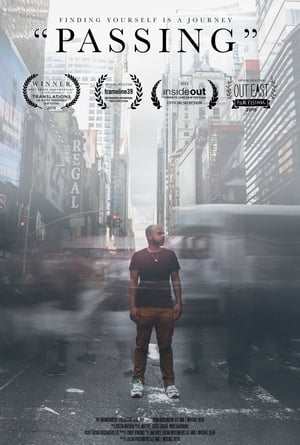 7.0
7.0Passing(en)
A short documentary profiling the lives of three transgender Black men, exploring what life is like living as a Black man when no one knows you are transgender, and their journeys with gender in the years since they transitioned.
 7.5
7.5Brasilia, Contradictions of a New City(pt)
In 1967, de Andrade was invited by the Italian company Olivetti to produce a documentary on the new Brazilian capital city of Brasília. Constructed during the latter half of the 1950s and founded in 1960, the city was part of an effort to populate Brazil’s vast interior region and was to be the embodiment of democratic urban planning, free from the class divisions and inequalities that characterize so many metropolises. Unsurprisingly, Brasília, Contradições de uma Cidade Nova (Brasília, Contradictions of a New City, 1968) revealed Brasília to be utopic only for the wealthy, replicating the same social problems present in every Brazilian city. (Senses of Cinema)
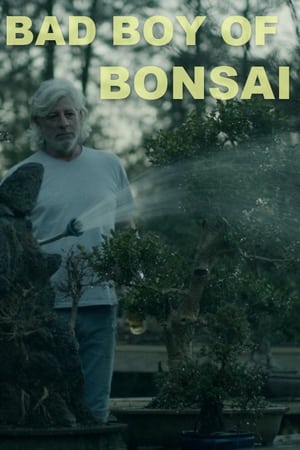 0.0
0.0Bad Boy of Bonsai(en)
Bad Boy of Bonsai is an experimental art-house documentary that focuses on Guy Guidry, a Louisiana local, and his passion for bonsai.
